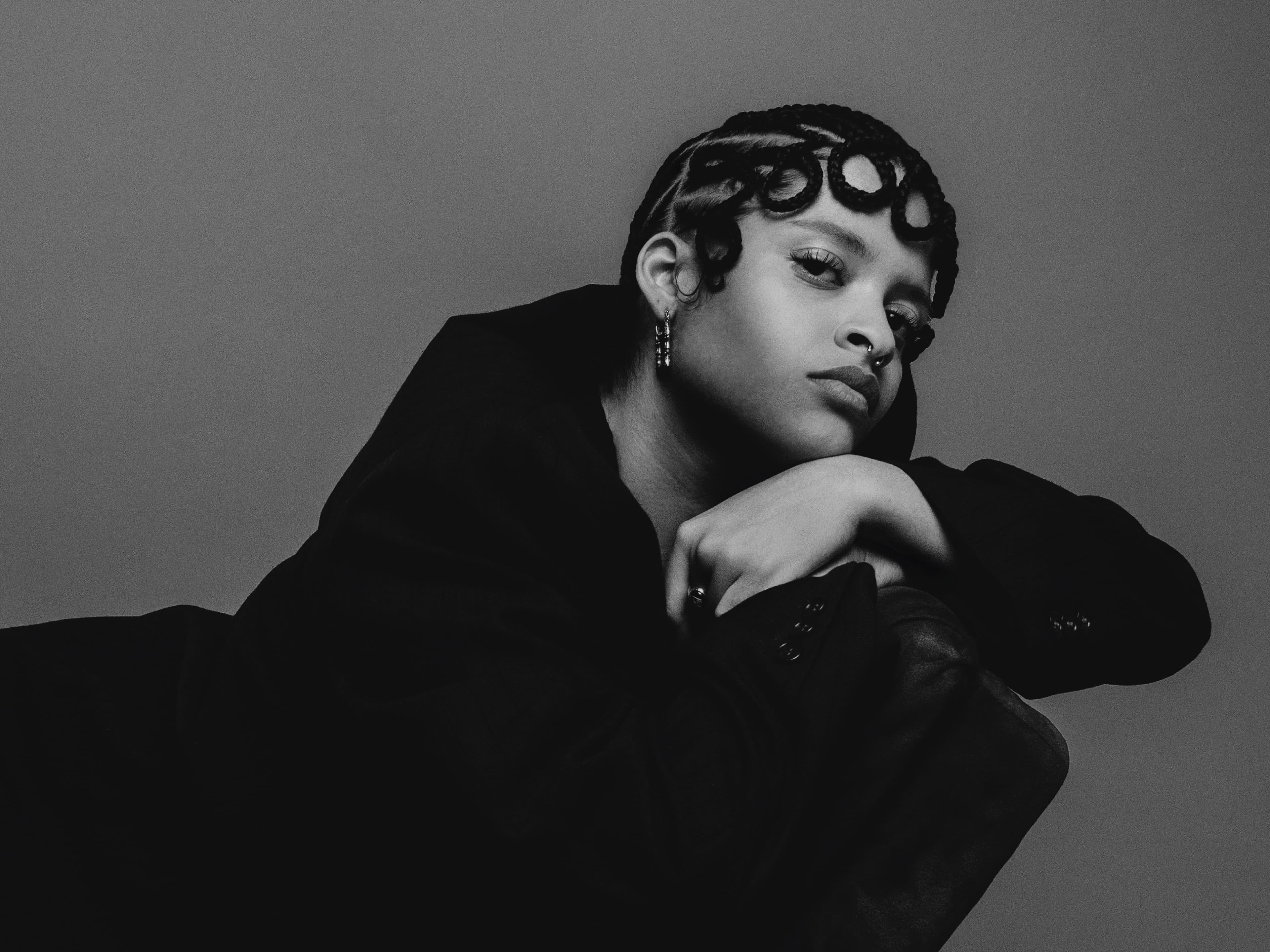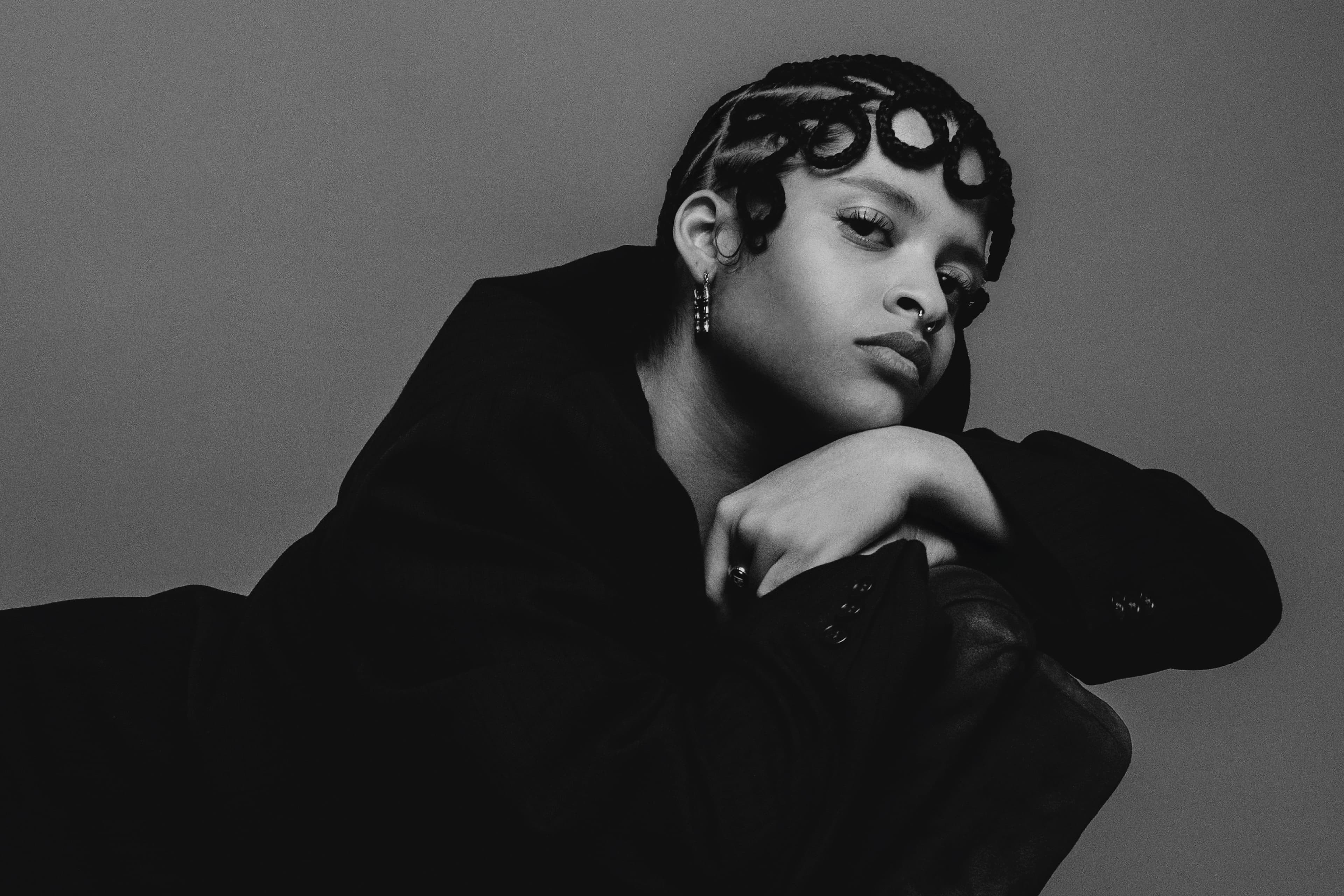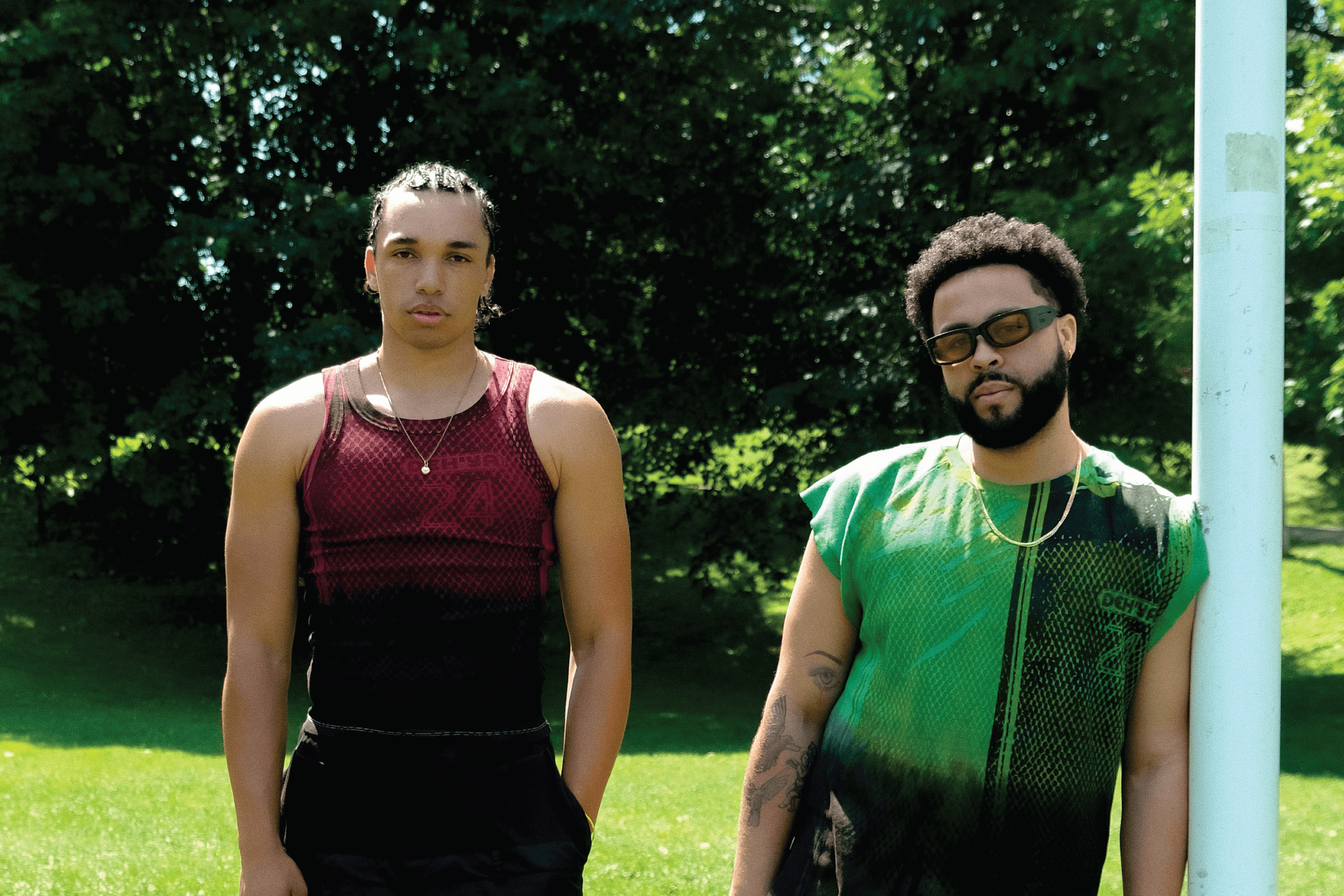Ashley Peña, a Dominican-American artist, channels her heritage through her practice, documenting the lives of marginalized communities across the Dominican Republic, Maryland, and New York in compelling B&W imagery. In this interview, she discusses the profound influence her cultural roots have on her artistic vision.
local·global: As a Dominican-American artist hailing from Maryland and now based in New York, how do your cultural roots shape your artistic perspective and the stories you choose to tell through your work?
Ashley Peña: As someone from the Caribbean now living in the US, I’ve experienced what it's like to live and witness being in multiple places. It’s always been the triangle cycle of Dominican Republic, Maryland and New York for me. Living in these places has influenced my work in the sense that my work is heavily informed by history and its past events, including the ones occurring within our lifetime. My roots are very complex, I live with the ones who are surveilled, policed, abused. The mothers and grandmothers, the laborers and the hustlers. My work is typically of those around me, whether that be where I grew up in Maryland, where I’ve spent my adult life in New York, or the neighborhoods in DR. And coming back to the island I’ve witnessed mass imprisonment, deportation, mass arrests, abuse, forced labor, discriminatory practices and taxation, and the withdrawal/withholdment of citizen rights. The stories I choose to tell are also informed by these injustices.
All my life I’ve been surrounded by family and friends in all of these places, so they have been the center focus within my personal work. Occasionally I do photograph strangers for the first time in these places, and a lot of the time these people end up becoming long term collaborators with me, or even friends. Through this I’ve been able to tell stories centered around them, and in regards to our histories, and our contemporary world.
LGW: In your artistic endeavors, how do you connect with and contribute to the local arts community in New York, and what has been the reception to your work, both locally and on a global scale?
AP: I try to do my best to pass on the knowledge and skills I’ve acquired during my years of image making and freelancing. I’m constantly learning new things in this practice, I’ll be a student for life. And there's a lot of information that's gatekept within the artistic community, and whenever I’m able to I pass those things on to anyone willing to learn. I teach and I learn, those things go hand in hand. In terms of the reception of my work, some people may understand it and others may not. I don’t think all my work is for the masses to see. Some of my work is for specific audiences, but the accessibility of images today makes that a bit harder to control. I’ve had a wide range of reactions to my work locally and globally alike, some have been confused by it, some feel seen by it, there’s hate, love, warmth and disgust. Which means the work is doing exactly what I want it to do.
LGW: What drove you to embark on your artistic journey, particularly in the realm of image-making, and how did you develop the key concepts behind your approach to storytelling? What fuels your passion?
AP: I thought I was going to be a painter before being a photographer, and then one day I got a camera for Christmas and began making images of those around me and I never finished another painting after that. Firstly I began to use light as paint, I remember making cyanotype sun printing and little diy pinhole cameras I’d leave outside for days. Today I still hold the belief that light is photography itself, and that we can use it to paint our images. Photographers have just as much control over their images as painters, in the way that we control what goes in or out of a frame- even having the ability to alter an image after it's been taken. And that's a very powerful ability as photographs can be records, paintings, documents, beauty ad’s, etc.
In terms of how I’ve developed the key concepts within my work, it's been shaped by history and today's present. As a person whose traveled from one island to the other, across waters, I’m continually learning about the complexities of the history, politics and culture of both of the lands I consider my home. These lands, marked by repression, censorship, human rights abuses and genocide, and the people affected by it- all significantly influence my work.
What fuels my passion is my anger, my sadness, my love. Anger at the injustices that still continue to this day, and the unequal distribution of freedom that is granted to some and denied to others based on colorism, racism &/ sexual gender/orientation. Sadness at what is left over after destruction. And my continued love for love itself and displaying this radical act within my work whenever I can.
LGW: New York is renowned for its diverse cultural landscape. How has the city's vibrant atmosphere influenced your artistic vision and the narratives you seek to convey in your images?
AP: I feel like New York's landscape pushed me to get closer to people more. Throughout my teen years when I was living back in Maryland I was a more reserved person, a lot less social than I am now. But living in the city in my adult years has been the best thing for my development as a person & artist because of the city's landscape- one very saturated with people. And of course there's no place like New York; it’s huge but it's also very very tiny. It suffocates me but I can’t stay away for too long. This is a place that has defined its own type of freedom for me, freedom to express, to be, to think. It's been the birthplace of so many of my ideas, whether or not they have been executed in this place or not.
I think it is also a combination of being in the career I’m in, it really pushes you to be vocal about your decisions and your feelings about certain things because if you don’t, you can easily get stepped on or taken advantage of in many situations. So I became more stern when it came to my artistic vision, because I realized if I’m not, people will try to put you in a box & define you. Where's the agency in that?
LGW: Do you visit the Dominican Republic often? How does immersing yourself in the energy and culture of your heritage influence your creativity?
AP: Yes, I’ve gone every year for as long as I can remember. I was born there and then came to the States at around 3 years old. We came to New York first as my grandmother was here, and then Maryland for my school years and back to NY for university and I’ve been here since. One thing people sometimes expect of me is very colorful work- because when one thinks of the Caribbean, they think of vibrant and bold colors as it is a colorful place across cultures. But a lot of my work is black and white in contrast, which I’ve slowly gravitated towards more and more in my practice for different reasons. One of them being with how I personally perceive black and white images. If I could use one world to describe why, it’d be isolating. The ability to isolate a gesture, to isolate light. If anyone knows Dominicans, they know that we can get very loud, bold and prideful. Qualities that I love because I believe it's rooted in resistance itself. And one thing I visually didn’t want to do in work is distract. Some people ask why my images aren’t in color, or more importantly the significance of the [black & white] and what it means. And I love that. That's the goal. I want people to question why I chose to strip this setting of its vibrant colors. I want people to actually examine what is happening in my images, why I chose to click the shutter at this moment. The significance of this isolating moment. This gesture, these eyes. And many times I will choose black and white for an image because of its timeless feel, reconnecting our contemporary world with our histories.
LGW: Can you recount a significant moment or project in your career that particularly resonates with you - one that encapsulates your artistic vision and the themes you strive to explore?
AP: Yes! “Oh To Be as Fluid as Water,” 2021 is a photograph I made of my aunt Lilian getting her hair washed outside in the D.R. The reason this photograph (and the images I made around it) was a tipping point in my career was because throughout time and time again, water has been present throughout my work as I’ve been very interested in water and its connection to Blackness and spirituality. Making that image set the catalyst for some of the themes I’m working with now. I’ve been thinking about water and its liquidity and as a form we strive to be. All the water we consume is found in all aspects of the oceans, in which we are found in all aspects of existence. This is an image of a woman who has taken care of me in sickness and in health, who insists on tying my hair up to get ready for a shower. Someone who has done so much of the labor of keeping a home, keeping a family together, and making sure love lives everywhere she's present. She’ll teach you to love your neighbors as much as you love yourself. That despite all her struggles, she does not let up. She has taken the form of water itself, an admirable, shapeless form. Lilian, the most generous woman I know, it was a beautiful sight to see this woman getting her hair washed. To be put in a position where she inversely receives the help. To imagine her in this form of pleasure, of release. I wanted her to have this image of herself in this way because I believe it can serve as a reminder that we are water. I’ve recently been inspired by the works of Omise’eke Natasha Tinsley & Christina Sharpe in the ways they’ve written about water and the sea. The sea as a site of death but also a site of birth.
LGW: Looking ahead, what are some of your dreams, both personally and for the impact you hope to make within the creative sphere?
AP: My dreams are constantly changing and evolving but I know one dream of mine in particular is to return to the campo(s) I'm from in DR and give back to the kids who don’t have nearly the same resources, access or knowledge of an art education as kids in other places because of geographical location, lack of funds, etc. So essentially teaching a course for these kids is one of my dreams. To be able to aid in the process of creating new dreams for our youth is how we shape the world we live in and our future.
I hope to get my master’s someday in the future. I hope image making will stay as my practice for as long as I live, and that I’ll get to experiment with other forms of practice and making. I’d love to integrate more image-text work and moving images within my practice. As well as integrating sound within that space. These are some things I’ve been experimenting with for a few years now, I feel like I’m in the space of slowly gluing the pieces together.



